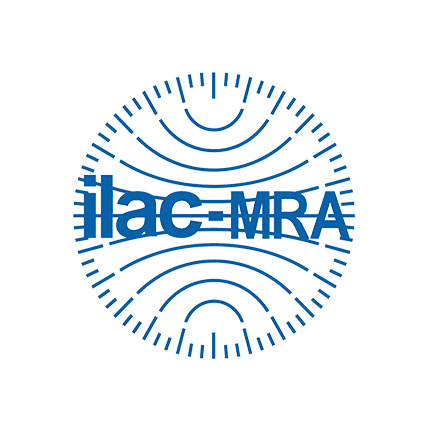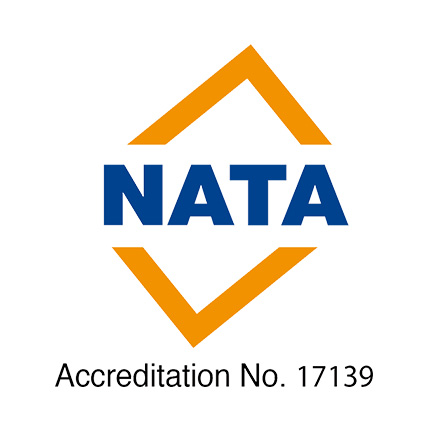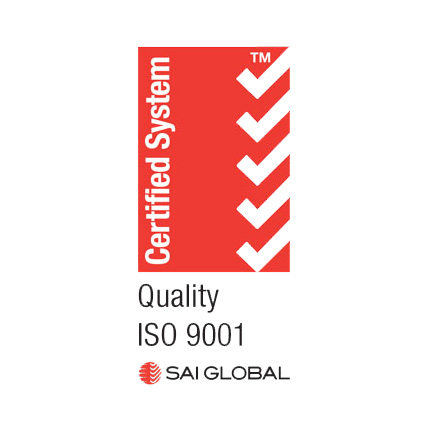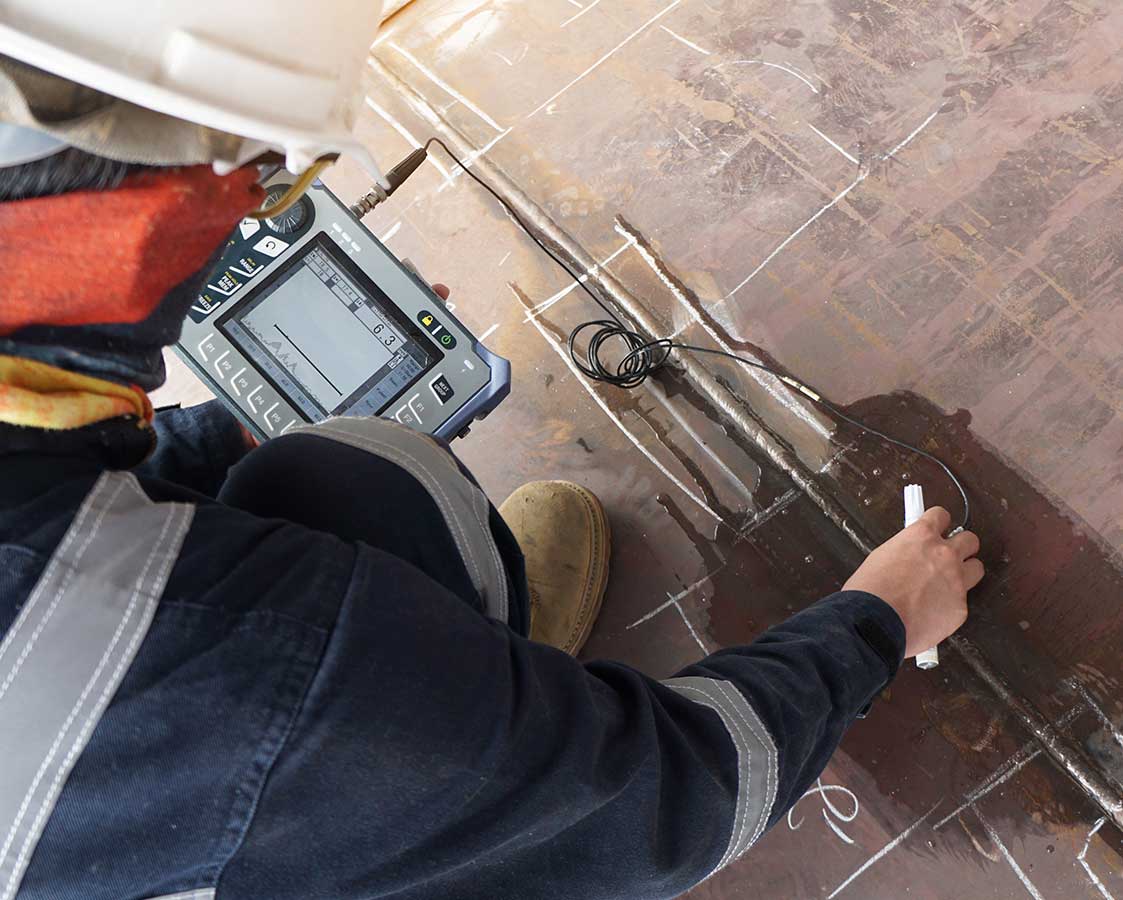Safe Environments provide vibration testing and exposure assessments for both whole body vibration and hand arm vibration.
What is Vibration
Vibration is the oscillating motion of a body, a simple example of vibration is a hanging weight bouncing up and down from a spring. Vibration exposure can cause significant health effects to people at their workplace. There are two main types of vibration in the workplace that is commonly assessed:
- Whole Body Vibration (WBV): The motion of the whole body as a result of vibration transmitted through the seated position in a vehicle such as a truck, car, train, helicopter etc.; or part of a building such as in a control room of a production plant or factory.
- Hand Arm Vibration (HAV): The motion of specific section of the body such as an arm or a leg, where the vibration is transmitted through power and hand tools such as machining, grinders, jack hammers, chainsaws, gardening equipment and water pressure washers.

Health Effects of Vibration
The health effect relating to vibration exposure is dependent on whether the vibration is associated with the whole body or sections of the limbs through the use of machinery. The frequency and magnitude of the vibration exposure will affect the body or limbs in differing ways and require to be measured and assessed independently.
The health effects of exposure to Whole Body Vibration include:
- Musculoskeletal disorders, especially of the spine;
- Digestive system disorders
- Changes in the metabolic and endocrine systems
- Respiratory & cardiovascular system changes
- Damage of female reproductive systems
- Balance impairment
- Vision impairment
- Discomfort
- Increase difficulty in the performed task
Commonly the most reported symptom of whole body vibration exposure is lower back disorders which arise as a result of degeneration of the spinal and lumbar system. Stiffness and fatigue of muscles in the back are associated with long term exposure to high levels of whole body vibration.
The back and muscle fatigue and resulting stiff reduces the body from protecting itself as well as it might otherwise when there is a sudden shock or jarring motion which may result in serious injury from a one off event. The control of reducing the vibration exposure which fatigues muscles should be reduced to prevent these musculoskeletal injuries.
Vibration Exposure with the limbs may include the following health effects:
- Numb fingers and tingling sensations
- Blanching of the phalanges (white hand syndrome)
- Impaired blood circulation
- Muscle and joint pain and stiffness (musculoskeletal disorders)
- Greater degree of hearing loss associated with noise exposure
Hand Arm vibration exposure is the most common form of exposure to vibration of the limbs when using machinery, equipment and power tools. The effects are exacerbated and are much more severe when exposed to the vibration in cold weather. This is essentially due to the body withdrawing blood from the outer limbs in order to maintain a constant body temperature (homeostasis). The vibration further draws out blood from the outer circulatory system whereby the blood vessels then collapse, starving the limbs of oxygen and nutrients they require.
OHS Regulations for Whole Body & Hand Arm Vibration
The NSW Work health and Safety Regulation requires that a Person Conducting a Business or Undertaking (PCBU) must manage health and safety risks relating to musculoskeletal disorders associated with a hazardous manual task and vibration. This includes the movements, forces, postures and vibration as well as the frequency and duration of the hazardous manual task.
There are no set limits or exposure under the NSW WHS Regulations, however further vibration guidance is provided within the Australian Standards AS 5349 and AS 2670 for vibration testing. Safe Work Australia has also published a Model Codes of Practice for Hazardous Manual Tasks which identifies that vibration exposure at the workplace requires to be assessed and controlled.
Australian Standards for Vibration Testing
There are two Australian Standards for the measurement and testing and exposure of both Hand Arm Vibration and Whole Body Vibration which include:
- AS ISO 5349.1-2013 Mechanical vibration – Measurement and evaluation of human exposure to hand-transmitted vibration – General requirements; and
- AS 2670.1-2001 Evaluation of human exposure to whole-body vibration – General requirements
These Australian Standards outline the method of testing and assessing vibration exposure to the whole body and for hand arm situations.
Vibration Exposure Standards
The results of vibration testing for hand arm vibration is provided in the terms of the Root Mean Square (RMS) acceleration in meters per second per second (m/s2). The measurement of the vibration at each frequency is given a weighting as some frequencies are more hazardous than others. For Hand Arm Vibration, the overall daily exposure should ideally be less than 2.5 m/s2 where above this is in the Caution Zone or warning zone and above 5 m/s2 is the Limit Value or danger zone.
For Whole Body Vibration exposure the RMS values should ideally be less than 0.4 m/s2 as the warning or caution zone and 0.85 m/s2 as the exposure limit value. The RMS results have a different frequency weighting compared to the counterpart hand arm vibration frequency weighting. Whole body vibration testing also includes another parameter which measures shocks, jolts and jars known as the Vibration Dose Value (VDV). This value should ideally be below 8.5 m/s1.75 as the warning / caution zone and a VDV of 17 m/s1.75 is the Exposure limit value.
Be absolutely assured. Safe Environments is NATA accredited for Noise testing



Ensure a Safe Environment
For more information on noise testing or management please contact one of Safe Environments Occupational Hygienists or Noise Consultants located in the following Australian cities:
Melbourne & Victoria
Unit 25, 1 Millers Rd Brooklyn VIC 3012 Australia
NSW - Sydney, Newcastle & Wollongong
Unit 4, 40 Bessemer Street, Blacktown NSW 2148


